6 tips to supercharge your packaging design process
August 8, 2017

So much information is being delivered to consumers nowadays that you only have seconds to get their attention. And with the rise of packaging design blogs, unboxing videos and social sharing, designers are facing even greater challenges in creating valuable packaging that gets the attention of the masses.
Studies show that 74% of young adults are more likely to share a photo of their product packaging online and almost 40% of overall consumers share packaging on social media that has an interesting gift-like design. In this case, durability of the packaging and generic print no longer cuts it as effective brand marketing. What is the solution?
One of the main success factors of a packaging design is the process before the actual design is created. This process is what will determine the efficiency, effectiveness and quality of the end result.
Here are six tips to implement in your process to improve the execution of your packaging design. Inspired by the concepts of “Business Model Generation” by Alex Osterwalder and Yves Pigneur, and modified by PakFactory, this design process will open new avenues of creativity and help foster your vision in a more structured and efficient way.
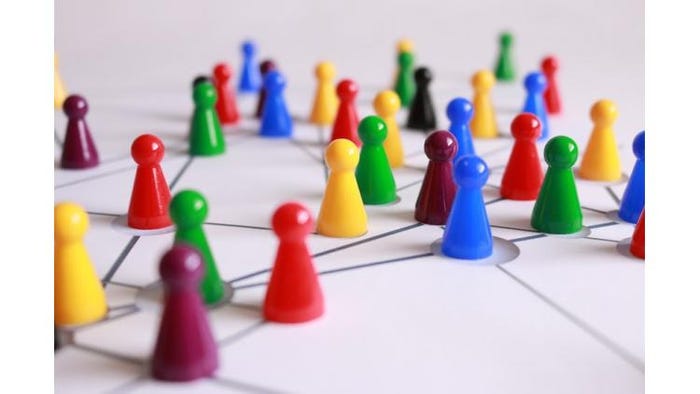
1. Customer insight
Preparing for packaging design can be intimidating, especially if you’re working from scratch. Fortunately, this strategy makes it much less daunting. Understanding your customer is crucial. By getting to know your customer’s personality and behaviors, you are able to create a framework and reference point for your packaging design.
As a packaging designer, you should consider asking your client (internal or external) not only about the objective and brief of the project but discuss deeper into how their customers interact with the brand and products.
You and the client should discuss the behaviors, thought process, emotions and actions of the consumer target. Investigating these details will provide a wealth of information with which to craft an outstanding design.
NEXT: Idea creation
************************************************************************
Learn what it takes to innovate in the packaging space at MinnPack 2017 (Nov. 8-9; Minneapolis). Register today!
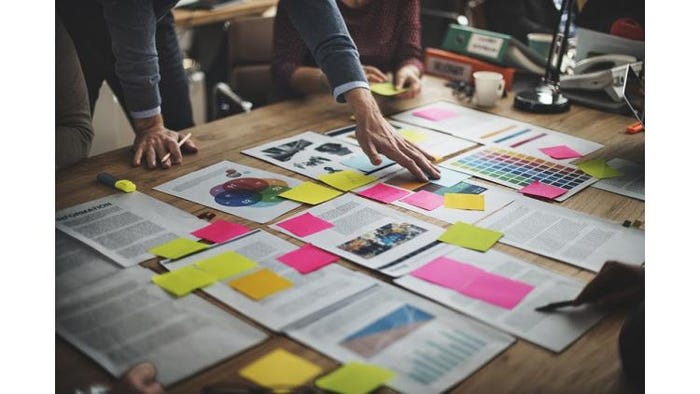
2. Idea creation
Generating ideas efficiently is an essential component of the design process. This part of the process consists of using notes, sketches, diagrams, pictures and so on. To work efficiently, idea generation should be geared towards filtering for the best ideas possible.
To get the most out of your concepts, consider:
The composition of the team: Nothing is more effective than sharing ideas from different areas of expertise. The team should ideally be comprised of a diverse mix of members who can bring unique contributions and opinions to the table. Design is a collaborative effort, and by maximizing diversity, it increases the chances for inspiration and the ability to develop an even more effective packaging design.
Encouraging lots of ideas: To make this process work to your benefit, allow ideas and concepts to flow freely. Initially, approach more on the quantity of ideas as supposed to the quality. Why? Critiquing too early in the process can smother ideas that deserve further development or consideration, and focusing on quality too early in the process will potentially increase time delays on the project.
Filtering ideas based on certain criteria: So, by the end of the idea creation phase, how do you choose the best ideas? This is where a list of criteria or set of guidelines for the design comes in handy. Having set criteria on the design that relates to the customer target closely is what will narrow down which ideas are most appropriate for the project.
Howan idea can evolve: Even if an idea doesn’t initially make the cut, don’t permanently get rid of it! You never know when it could be useful in the future. The right time for it might be down the road.
NEXT: Visual thinking on paper
************************************************************************
Learn what it takes to innovate in the packaging space at MinnPack 2017 (Nov. 8-9; Minneapolis). Register today!
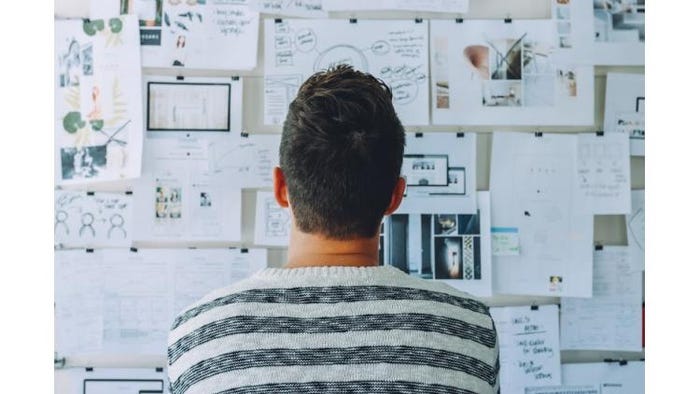
3. Visual thinking on paper
At this stage, you’ll want to piece together information and start visualizing the design on Post-it Notes or sketchbooks. Visual thinking is the process of turning ideas into visuals, and this helps to facilitate clearer discussions on the design and allows for changes to be made more easily. Visual thinking offers several benefits, including increased understanding, communication, dialogue and exploration.
An example of this step is mind mapping, which is a form of brainstorming that allows you to structure information graphically. This practice is fun and simple and will allow you to explore your ideas both artistically and analytically. Capturing the big picture without visualizing is difficult. By using this step, you will gain a powerful grasp of the concepts you’re considering and be that much closer to accomplishing your design goals.
NEXT: Storytelling
************************************************************************
Learn what it takes to innovate in the packaging space at MinnPack 2017 (Nov. 8-9; Minneapolis). Register today!
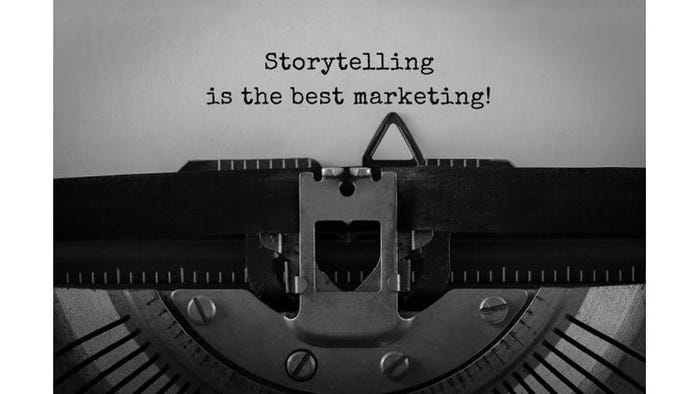
4. Storytelling
Facts tell, stories sell. This point is self-explanatory, but it cannot be stressed enough how important storytelling is. Connecting with customers through storytelling is a powerful act, and the more you can facilitate it, the better. So why not incorporate this into your packaging design process? The objective is to find a clear story or meaningful message to the design. This is how you will relate to your audience.
Whatever you choose, make sure it effectively communicates what the product is and what it represents. This can be incorporated with the use of images or texts. Create emotions into your design and include imagery that impart a vivid statement without necessarily using words. You can be as imaginative or grounded as you want just as long as it can effectively capture the intended audience’s attention.
NEXT: Prototyping
************************************************************************
Learn what it takes to innovate in the packaging space at MinnPack 2017 (Nov. 8-9; Minneapolis). Register today!
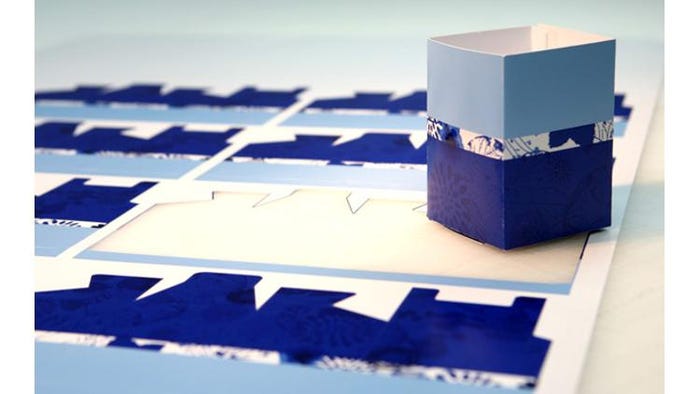
5. Prototyping
So, you’ve gathered customer insight and incorporated idea creation, visual thinking and storytelling—now what? It’s time to build a prototype.
By creating the exact proof of the design, it allows for hands-on exploration of form and function, demonstration and further discussions. The prototype is not a draft of the design but part of the process of exploring more directions to enhance design value.
Again, ask questions. Will adding certain elements add more value? What other options can be added to the design? What happens if we remove an element? Use this as an opportunity to examine multiple perspectives and evaluate underdeveloped ideas.
Remember, as a designer, you want to be able to provide insights to your client and over-deliver results.
NEXT: Having a design attitude
************************************************************************
Learn what it takes to innovate in the packaging space at MinnPack 2017 (Nov. 8-9; Minneapolis). Register today!
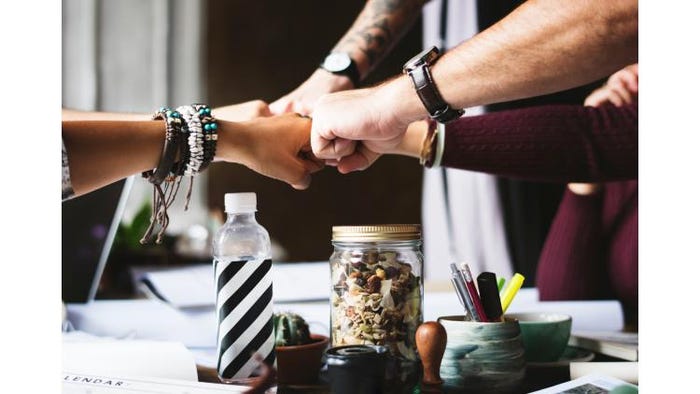
6. Having a design attitude
The last tip to incorporate in all of the steps of your packaging design process is cultivating a design attitude. This mindset is one that embraces creative inquiry by exploring new concepts (and the ability to let go of them when needed), perusing myriad possibilities and accepting uncertainty while going through this phase.
As opposed to micromanaging and always having the need to control all decisions, instead, think of several options from outside perspectives to choose from to meet the design objective. This includes a workflow surrounded by autonomy, open-mindedness, diversity and teamwork.
One last note: The difference between good packaging and great packaging lies in the ability to design it for customers and not the product. Always keep this in mind when working through this process.
Well, there you have it. You should now have a better understanding of how to effectively prepare for and implement a winning packaging design. Follow these steps methodically and stay focused. This will help to ensure that your vision comes to fruition in the form of a first-rate design.

Mark Velarga—a packaging enthusiast, writer and blogger—is marketing and content manager at PakFactory, one of the fastest growing ecommerce custom boxes and packaging company in North America specializing in folding carton, corrugated and rigid packaging. The company operates in North America and China with more than 10 manufacturing facilities. Connect with Velarga on Linkedin and Twitter.
************************************************************************
Learn what it takes to innovate in the packaging space at MinnPack 2017 (Nov. 8-9; Minneapolis). Register today!
About the Author(s)
You May Also Like


